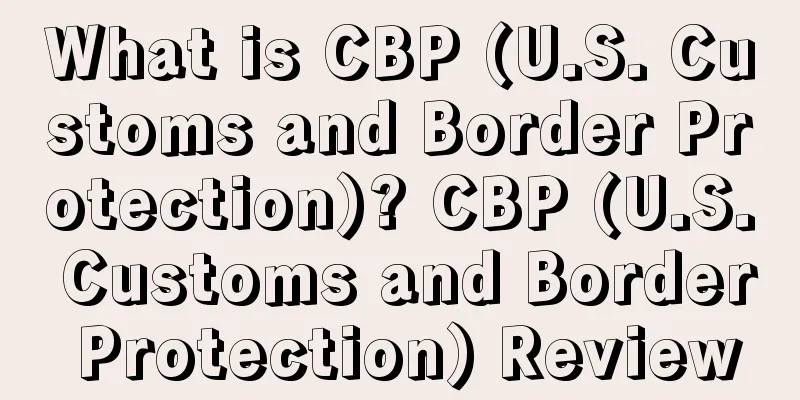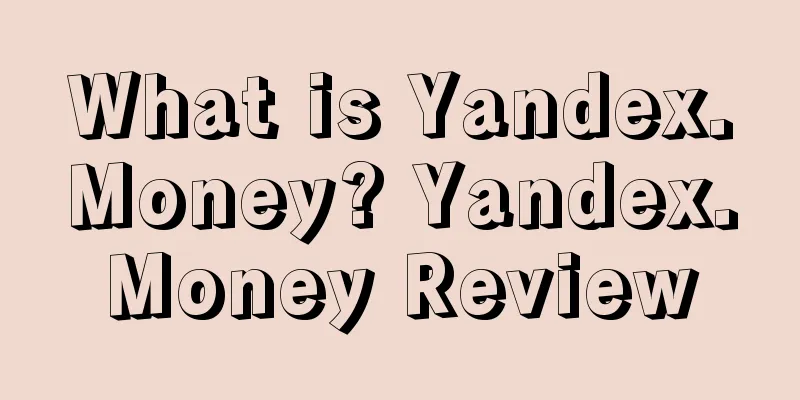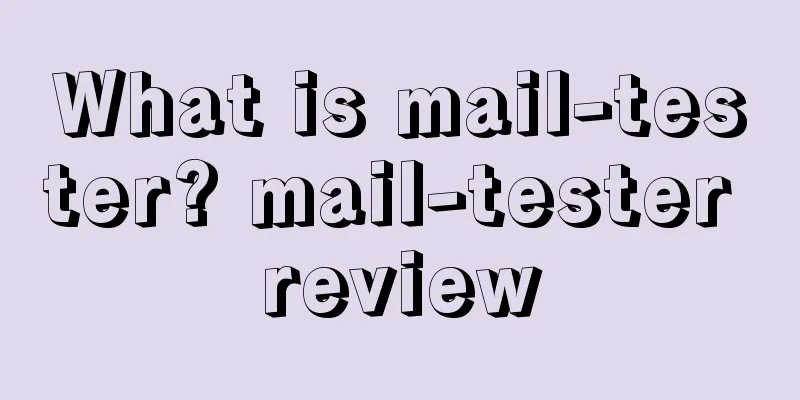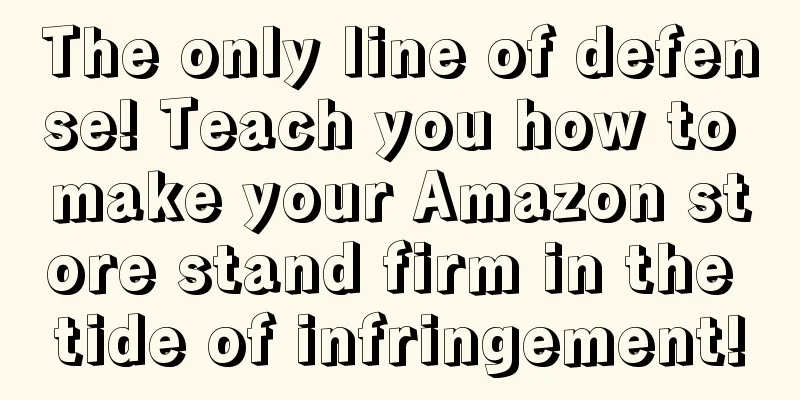What is CBP (U.S. Customs and Border Protection)? CBP (U.S. Customs and Border Protection) Review

|
CBP (U.S. Customs and Border Protection) is a federal law enforcement agency of the U.S. Department of Homeland Security, headquartered in Washington, D.C. The agency is responsible for collecting tariffs and enforcing U.S. trade, customs, and immigration laws . 1. Purpose of Establishment The establishment of CBP marks the first time in U.S. history that a single agency has unified the management of people and goods entering U.S. ports. The establishment of CBP aims to integrate the management resources and management skills of port law enforcement agencies, improve management effectiveness and efficiency, and achieve the goal of facilitating legal trade and legal travel while using all available resources to protect and defend the United States from infringement.
II. Main Responsibilities As the largest law enforcement agency in the United States and the main investigative agency under the Department of Homeland Security, Customs and Border Protection has the following responsibilities: cutting off terrorist financing, combating money laundering, combating illegal arms sales, combating immigration fraud and human trafficking, detaining and deporting foreign criminals and other foreigners who the United States believes should be deported, curbing the flow of drugs and other contraband, protecting U.S. economic interests from loss, and protecting U.S. companies' intellectual property from theft. In addition to fulfilling its core missions of protecting border security, promoting legal trade and tourism, CBP also shoulders social responsibilities, such as environmental management, including assessing potential environmental impacts, protecting cultural resources and historical sites, etc.
3. Organizational Structure The main agencies under CBP include: the Field Operations Division, which has 20 field operations departments, 331 entry ports, and 15 pre-inspection stations in Canada and the Caribbean. Its main tasks are to protect border security, inspect passengers, manage trade risks, enforce the law, detain and punish goods and personnel, etc.
IV. Strategy As the nation's single border agency, CBP has a vital responsibility to protect the United States and its citizens. CBP's strategy to enhance security and facilitate lawful trade and travel is to: Improve the risk target screening system and promote advance access to information on people and goods arriving in the United States; establish partnerships with governments of other countries (regions) and businesses to promote the "outward expansion of the security zone"; use pre-inspection technology and deploy relevant equipment; increase border security supervision manpower; work with other agencies to combat trade fraud, intellectual property infringement, money laundering and other activities, and coordinate the controlled delivery of illegal drugs. The U.S. Immigration and Customs Enforcement (ICE), with about 30,000 staff members, is one of the largest investigative agencies in the federal government. The agency is the main investigative agency under the Department of Homeland Security and is given a number of responsibilities: cutting off terrorist financing, combating money laundering, combating illegal arms sales, combating immigration fraud and human trafficking, detaining and deporting foreign criminals and other foreigners that the United States believes should be deported. In addition, the agency also oversees the implementation of domestic immigration and customs laws and protects about 9,000 federal facilities.
V. Law Enforcement Authority CBP has the authority to search vehicles transported in and out of the country. Section 596 of the Tariff Act requires CBP to seize and impose penalties on all goods that are stolen, smuggled, or illegally imported. CBP also seizes and imposes penalties on controlled chemicals, certain contraband, and plastic explosives that do not contain detectable agents. In collaboration with the State Department and the Census Bureau, the Export Electronic Information System's deadline information is used to identify goods that may pose a threat. CBP has the power to impose civil penalties, the legal basis of which is Section 592 of the Tariff Act of 1930. This section provides for penalties for persons who import, attempt to import, or assist or falsify or defraud to obtain documents or reports, and classifies the penalties (mainly three types: fraud, gross negligence, and negligence). CBP also has the power to impose criminal penalties, and those who provide false information to customs officials may be sentenced to up to two years in prison, a fine of $5,000, or both for violating import regulations. References |
>>: What is EZPAYS? EZPAYS Review
Recommend
Misconceptions about Amazon pay-per-click advertising and solutions to common CPC advertising problems.
Amazon’s in-site advertising has low costs and a ...
I bought your brand for only 1,000 yuan! Amazon's internal information exposed
Amazon has been selling its own products on its pl...
Shenzhen's big sellers grasp the secret of hot products, and another 100 million-level brand emerges in the red ocean category
Salesforce Disclosed statistics show that during t...
Teach you how to deal with the problem of no orders coming in for Amazon keyword precision advertising!
What should I do if there are no orders for keywo...
10 metrics you need to track in social media marketing. Don’t invest a lot without knowing the results!
Sellers, have you invested a lot of time, money an...
Amazon phishing emails increase significantly. How can sellers prevent fraud as the peak season approaches?
Not long ago, Amazon Global Store announced that i...
VOVA purge? A large number of sellers’ products have been removed from the shelves and their accounts have been banned!
Amazon's account blocking has spread to most o...
"Net 1" sales hit a new high! Backend logistics collapsed! Delivery delayed! Sellers are also worried about the surge in orders...
I wonder if you have experienced the joy of a surg...
2023 Overseas Guide: US Market Trends and Marketing Focus
As 2022 draws to a close, I believe that cross-bor...
Target releases Q3 financial report: poor revenue, profit plummets 52%!
<span data-docs-delta="[[20,"获悉,11月16日,美国第...
US retail market forecast for 2023! These four major events are worth paying attention to
It is learned that with the arrival of 2023, eMark...
Market share shrinks! Is the seller’s account being blocked related to Amazon’s insider?
▲ Video account focuses on cross-border navigation...
What is EPC? EPC Review
EPC (Export Process Center) is an export processin...
What is Jetblack? Jetblack Review
Walmart announced a new subscription service calle...
With the door to investment opening in the second half of the year, is the sudden drop in storage capacity due to Amazon’s “ulterior motives”?
It is learned that the Ministry of Commerce held a...









